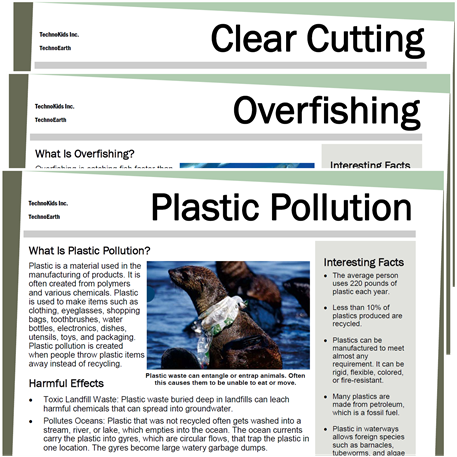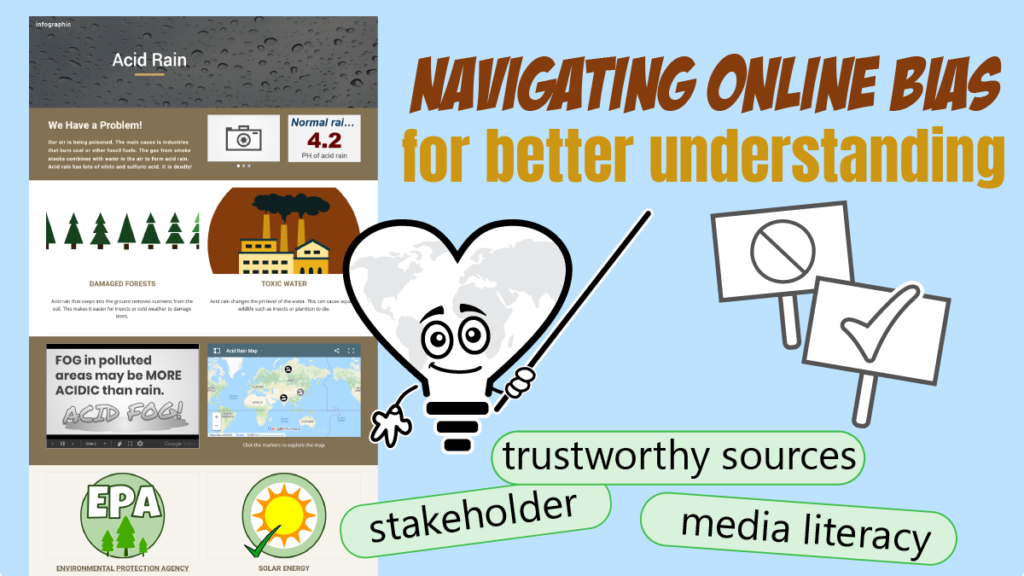What Is Online Bias?
When someone or a group tries to shape opinions by overstating facts or not sharing all the information, it’s called bias. Online, there’s a lot of content, and it’s hard for young people to tell the difference between true information and biased stories. People often have a hidden agenda when promoting information online. They may be aiming to influence public perception, promote a specific ideology, or getting attention for financial or personal gain.
Teaching students about online bias is crucial in fostering digital literacy and critical thinking skills. Here are some practical classroom strategies to raise awareness about online bias.
TechnoResearch and Trustworthy Sources
In today’s tech-driven world, it’s important for students to be able to assess what they encounter online. The TechnoKids junior level project TechnoResearch is a great tool to help students build these critical thinking skills. Instead of just teaching research strategies, this project offers hands-on experience, enabling students to recognize trustworthy sources of information. Students learn to analyze content from online encyclopedias, verifying sources to ensure there’s no bias in the online information. Then they create visually engaging “Fact Cards”. They use the reliable information they’ve gathered online and paraphrased into their own words.

TechnoEarth and Online Bias
Exploring specific topics like environmental issues helps students to grasp diverse viewpoints and to raise their awareness of online bias.
In the TechnoEarth course, students pick an environmental issue of their choice to publish a powerful call to action – a web-based infographic.

Included in the resources are a set of 15 fact sheets. These cards each outline a specific topic to provide a summarized overview of each issue. In addition to explaining the problem, the cards list harmful effects and solutions. Also, to build awareness of differing perspectives, the viewpoints of opposing stakeholders are presented. Bias is usually based on the stake a person or group has in an issue. Stakeholders are people who have an interest, and can gain or lose, in the outcome of an issue.

Stakeholder Bias
Divide the class into four groups and assign each group a different stakeholder. Ask them to research online and view sites that express the group’s viewpoint.
- Has factual information for and against the topic been fairly presented?
- Is important data missing?
- Are some facts ignored while others are exaggerated?
- Is bias evident?
| Group 1 | Find an environmental organization that opposes oil sands development. | Search using oil-sands.org | What is the name of the organization? Does their website report the harmful effects caused by mining oil sands? |
| Group 2 | Find an oil sands association that supports companies who use natural resources to gain profit. | Search using oils sands association | What is the name of the association? Does their website report the benefits to mining oil sands? |
| Group 3 | Find an oil sands blogger who is either for or against the oil sands. | Search using oil sands blog | What is the name of the blog? Is the blogger for or against the oil sands? |
| Group 4 | Find a government website about oil sands development. | search using oil sands.gov or gc.ca | What is the name of the government agency? Do you think that the information is biased? Why or why not? |
After each group completes their investigation, gather the class for a discussion and analysis. Urge students to acknowledge and compare the information from each stakeholder, highlighting diverse perspectives and potential biases. Stress the importance of considering different viewpoints when assessing online bias. Emphasize the importance of critical thinking in recognizing and understanding biases. Encourage students to be cautious and mindful consumers of information and to carefully examine their sources.
Bias in Online Information and Media Literacy
It’s important for our students to be critical thinkers in order to handle online bias. As educators we want to help students recognize trustworthy information and develop media literacy. Exploring specific topics, such as environmental issues with the TechnoEarth course, helps students to become informed, responsible digital citizens.
